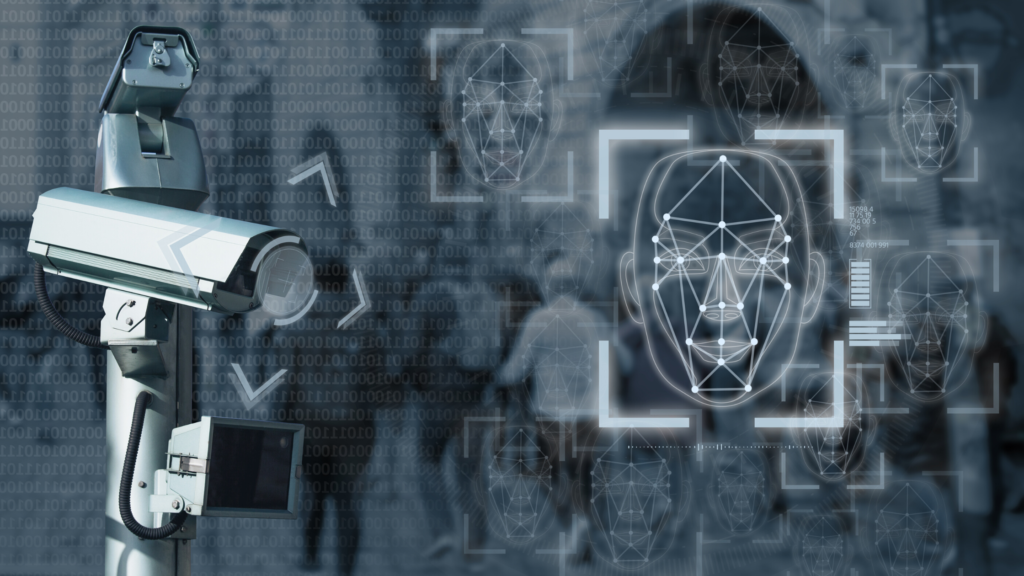What is a Smart City?
Once thought to be a fantasy of the future, Smart Cities are here and expanding rapidly. As the Internet of Things (IoT) grows and embeds itself into infrastructure and municipal services, expect to hear the term “Smart city” used more and more by those involved in civil development. The global smart cities market is set to reach over $450 billion by 2027. But what exactly is a smart city? What are its components, what makes it smart, and what value does it add to everyday citizens’ lives that make its features worth implementing?
The term “Smart City” was coined by IBM in 2014 and is used to describe a city that uses IoT devices to collect massive amounts of data. The insights gained from this data is used to manage assets, resources, and services, allowing city operations to run more efficiently. In turn, the life of the average citizen is made easier and less stressed. Smart city technology provides insightful information previously unavailable to city-planners that can inform long-term policymaking and public services.
What are IoT Devices/sensors:

If it isn’t an IoT device now, it will be soon. A basic definition of an IoT device is anything that has a sensor attached to it and uses the Internet to transmit data from one object to another or people. Common examples of IoT devices include items such as the Amazon Echo, Ring Doorbell system, and the Nest home thermostat. The undisputed most popular IoT device is the smartphone. Practically all the devices/technologies listed in the remainder of this article are considered IoT devices.
Data collected by IoT devices includes (but is not limited to): data from citizens, devices, smart buildings, automobiles, transit systems, power plants, utilities, water supply networks, waste management, integrated security systems, schools, libraries, medical centers, and just about every other public service that you can imagine.
This data is analyzed to recognize patterns in city operations and citizen behavior. This data is then used by authorities to make real-time decisions and adjustments, allowing the city to maximize resources like energy, infrastructure, and law enforcement. For the population, daily life is enhanced by interactions with the smart city (Imagine telling your phone you need a taxi and an autonomous car is sent to find you). Access control is taken to a new level using biometric data such as retina scanning to determine whom to let into any particular building or event.
If you want a good idea of what a smart city looks like, watch the Steven Spielberg/Tom Cruise movie Minority Report (2002). It is probably the most realistic depiction of what day-to-day life in a smart city would resemble.
While there are hundreds of technologies that come together to make a Smart City work, we’ll only focus on some of the most important.
1. Smart Infrastructure and Utilities
Smart infrastructure is critical to the foundation of a functioning smart city. In many cases, the first stage of digital transformation from a regular city to a smart city is the implementation of a smart street lighting system. Using light smart poles offers more than energy savings and customization; they also serve as IoT sensors, smart cameras, weather sensors, EV charging stations, but most importantly, they provide a backbone for the smart city by transmitting the 5G Internet required to run city operations.
Meticulously monitoring overall energy usage is also part of a smart city. This is made possible because of building intelligence. IoT sensors located throughout the city’s infrastructure, utilities, and intelligent buildings, collect data that allows city planners to make decisions that save resources and conserve energy. Having this smart grid in place also aids in detecting outages and improves disaster recovery and general field service.
2. Smart Transportation

A smart city should significantly reduce traffic and easily transport people and goods by multiple means. This is made possible by a variety of methods. Smart traffic lights/cameras (also IoT devices) monitor traffic flow and adjust traffic signals accordingly. Smart parking helps people to park much faster, thus reducing the amount of traffic on the roads. Autonomous vehicles also decrease the number of vehicles on the road by coordinating with other vehicles and choosing the absolute best maneuvers at a given moment, thus reducing the chance of accidents and fatalities by eliminating human error. These driverless cars will communicate with EV charging stations and parking meters to direct drivers to the most convenient spot.
3. Smart Security

Smart Security technology is integral to smart city life. Using the data generated by IoT devices and the near-infinite accessibility of cameras and location tracking, law enforcement agencies can engage in real-time crime prevention. The thousands of hours of unused security camera footage can be analyzed by A.I and used to establish patterns that notify authorities of suspicious activity. Thanks to facial and object recognition, this footage can also be instantly analyzed to search for individuals and vehicles with extreme precision, saving thousands of man-hours and decreasing the crime rate.
4. IoT Devices
IoT devices are the ties that bring everything in a smart city together. It is by them that data is collected. Without IoT devices all communicating with each other, you cannot have a smart city, just a variety of smart, integrated systems operating in close proximity to each other. In a smart city, all intelligent systems/devices communicate with each other nonstop to streamline city operations and enhance the lives of the citizenry.
5. People
Without people whose lives are made better, a smart city isn’t a city. No matter how advanced it is.
In summary, a smart city is what happens when the IoT and its devices are used to lower costs and reduce resource consumption and increase trust and connectivity between a government and the public through automated interactions that enhance peoples’ lives. In the coming months, we will be exploring the vast number of individual systems that come together to make a smart city.
